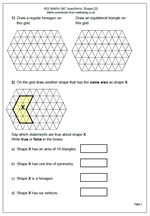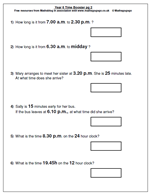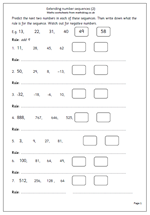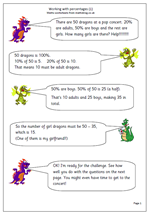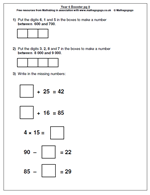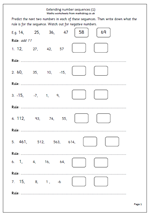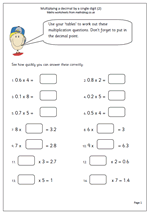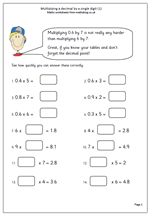With KS2 SATs coming up soon it is about time I added a few more worksheets to help. This one shows a typical couple of questions on shape. They are fairly straightforward and would be an easy way to collect marks towards Level 4.
The first question is really testing whether the terms regular hexagon and equilateral triangle are understood. Each of these will have sides of equal length.
The second question covers several concepts, including measuring area, lines of symmetry and the terms hexagon and vertices.
From these questions it is easy to see why there are sometimes discrepancies in marking. There are many answers to drawing a shape with the same area as X. Markers of the test papers would have to spend time counting the triangles to make sure, something many would be reluctant to do as it takes time and they will want to get them marked as quickly as possible, so a complex shape may be dismissed. So, keep the answers simple and obvious.
